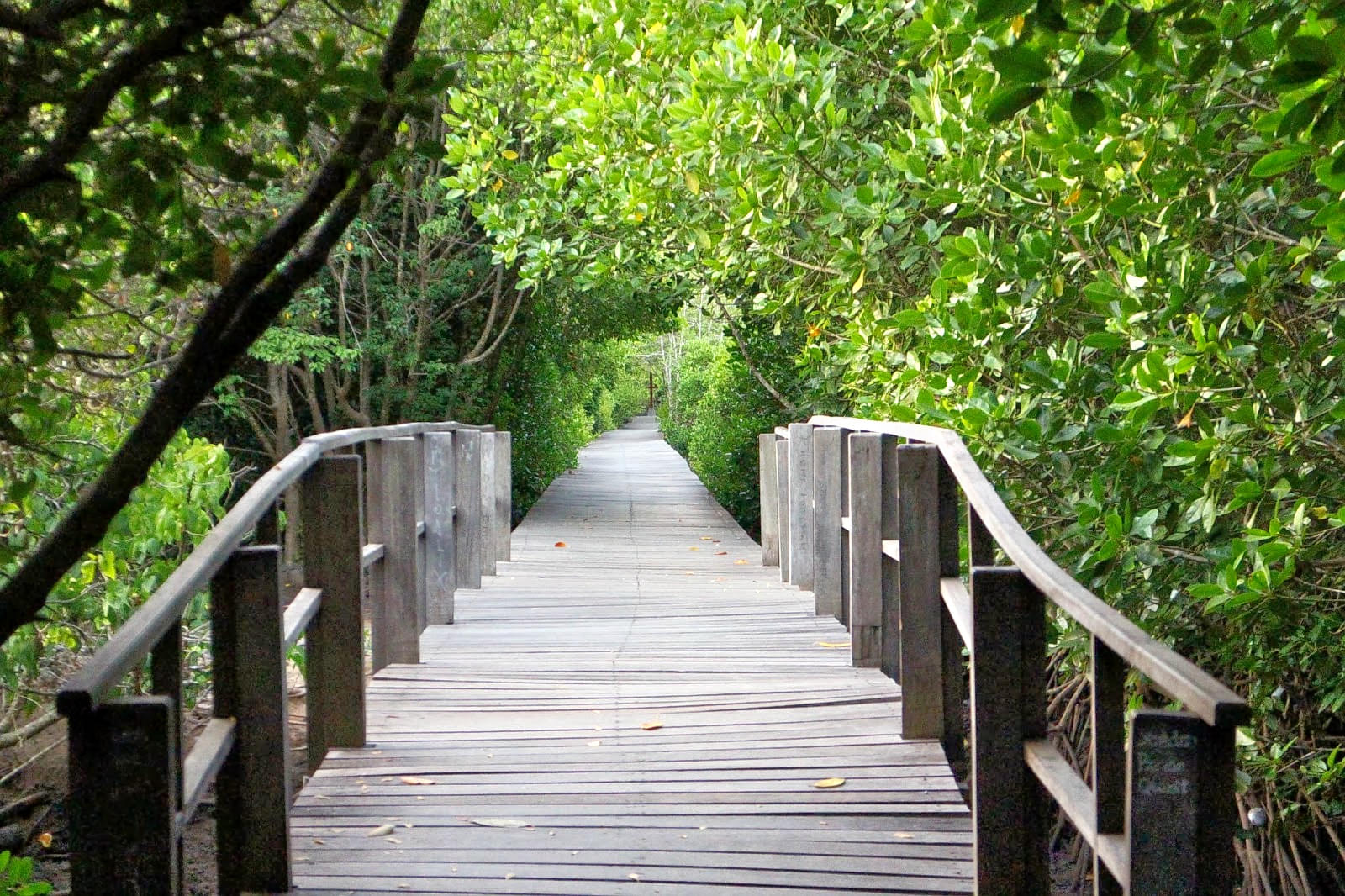About Mangrove Forest
A romantic space to have good time is the mangrove forests located near Sanur in Bali. Visit this untouched piece of nature with purity and many other surprising elements with Bali tour package. From the entrance of the forest, you will be surprised to see the collection of those beautiful particles of nature and if you would like to know about its background and how did it become a forest, you can get it from the Mangrove Information Centre.
Highlights: The south coast of Sanur is naturally protected by these mangrove forests and a portion is open to the public and you will understand how important these forests for the ecosystem as you walk through them. During high tides, sea creatures find protection in between the roots of the mangroves. As everyone knows, mangrove forests protect the coasts from Tsunami as well as it acts as the proven shelter for migratory birds and other rare species found only on the coasts.
The Mangrove Information Centre located in 600 hectares of mangrove forest does a great deal of work to make awareness among the people, be it locals as well as visitors, regarding the importance of protecting these forests very well. Visitors usually spend a half day here watching the natural spectacle and learning more about its conservation. There is a watch tower as well amidst the forest made of traditional items.
Location: The mangrove forest is located 6 kms away from Sanur in Kuta direction. You can reach there by taxi or car from Ngurah Rai Airport.
